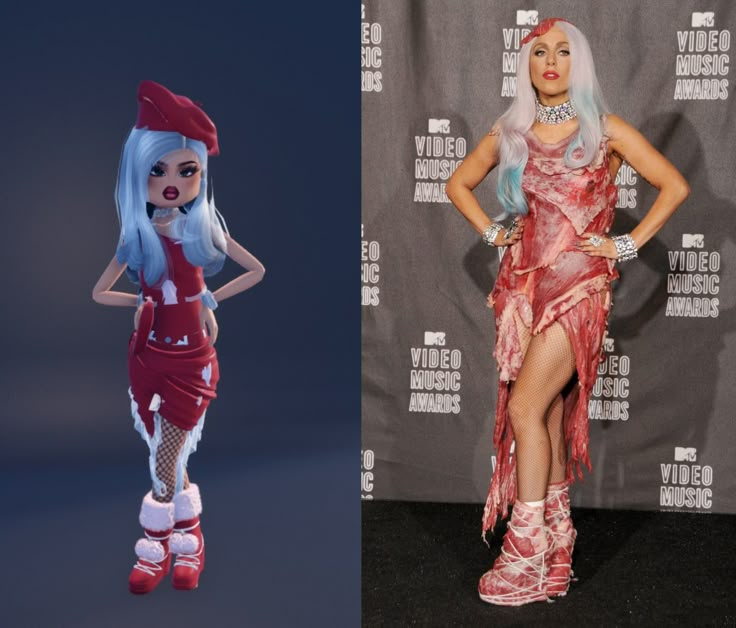In 2010, Lady Gaga made headlines and captured the imagination of the public when she donned a provocative outfit crafted entirely from raw meat. The ensemble, dubbed the “meat dress,” was not merely a fashion statement but a bold commentary on numerous cultural issues, from the commodification of art to the ethics surrounding animal consumption. The dress did not sail into public consciousness without its share of controversy, prompting significant reactions from various quarters, including animal rights organizations like PETA.
PETA, an organization committed to establishing and defending the rights of animals, responded vehemently to Gaga’s sartorial choice. Their standpoint was clear: fashion derived from animal products symbolizes not only a superficial relationship with nature but also perpetuates the often-ignored violence associated with the meat industry. According to PETA representatives, the meat dress served to highlight the disregard for sentient beings that many individuals exhibit in their daily lives, an observation which draws attention to a broader societal indifference towards animal rights.
Moreover, the reaction to the meat dress encapsulates a deeper fascination with the juxtaposition of sensationalism and social critique. Lady Gaga is known for her penchant for the outrageous, but the meat dress transcended mere spectacle; it posed significant questions about the ethics of consumption. The provocative nature of the garment compelled audiences to grapple with their own complicity in animal exploitation. PETA’s critique underscored this complex conundrum, challenging fashion enthusiasts to reflect on the implications of their choices and the environmental costs entwined with them.
This incident illuminates a recurring theme in Gaga’s career—her ability to use fashion as a powerful medium of expression and commentary. Fashion, typically viewed through the lens of aesthetics, is often stripped of its ethical dimensions. However, Lady Gaga’s audacity flips this narrative, forcing society to confront the often glossed-over realities of the food industry. PETA’s response accentuates this tension, arguing that each garment made from animal products is a reflection of culture’s longstanding ambivalence towards animal welfare.
As the years have progressed, discussions surrounding animal rights have gained visibility, with increasing numbers of consumers gravitating towards plant-based diets and cruelty-free products. The fundamental questions posed by the meat dress and ensuing discussions continue to resonate within contemporary dialogues on ethics, sustainability, and identity. What may have seemed like a fleeting moment of shock value has evolved into a lasting conversation about our relationship with the living beings that share our planet.
Ultimately, Lady Gaga’s meat dress not only encapsulated her artistic vision but simultaneously ignited a crucial discourse that continues to enrich the dialogue on animal rights and ethical fashion. PETA’s response was not merely a criticism of an outfit but a clarion call for awareness and change, demonstrating that even the most outlandish acts can inspire meaningful reflection and action.
